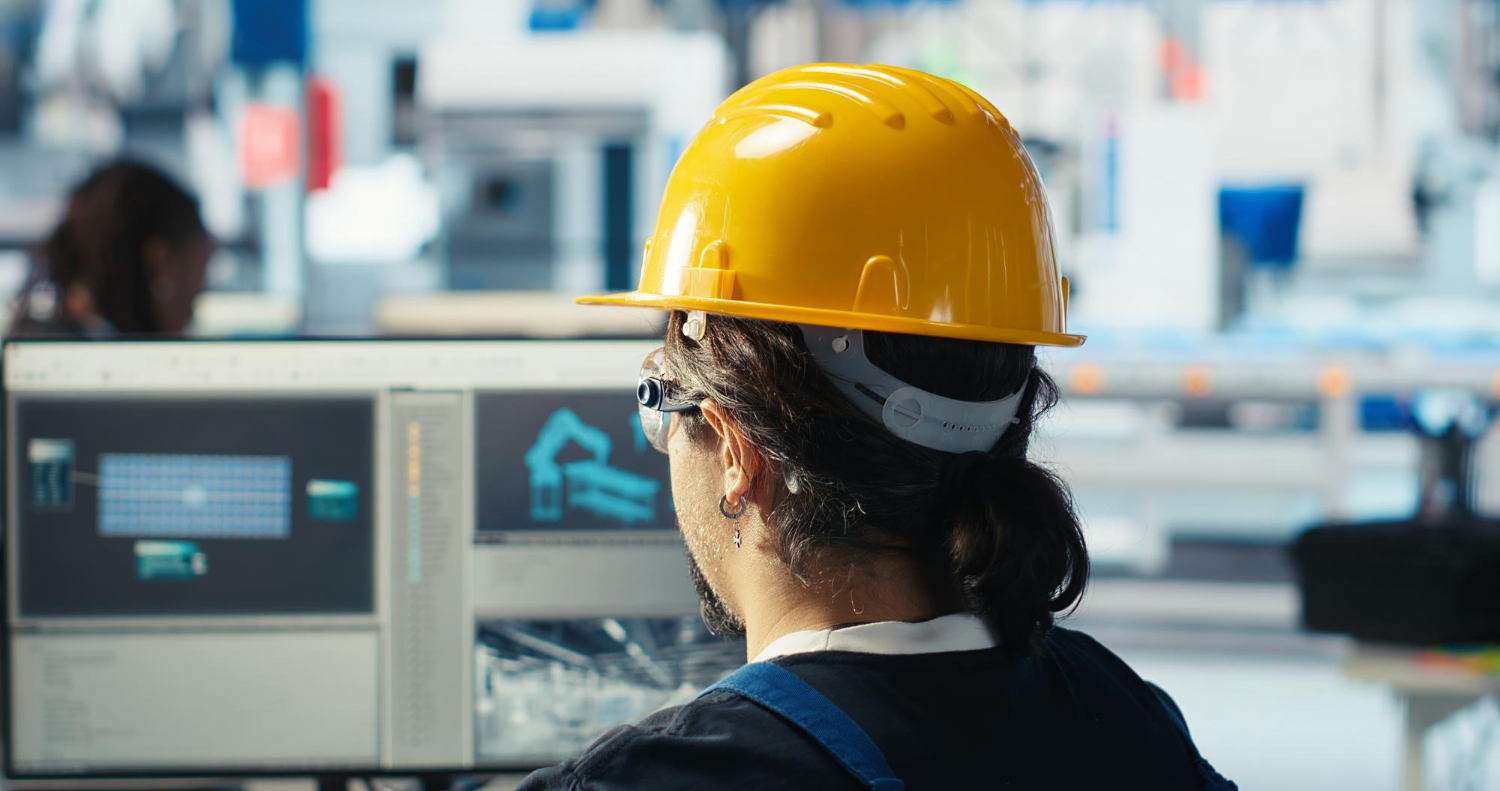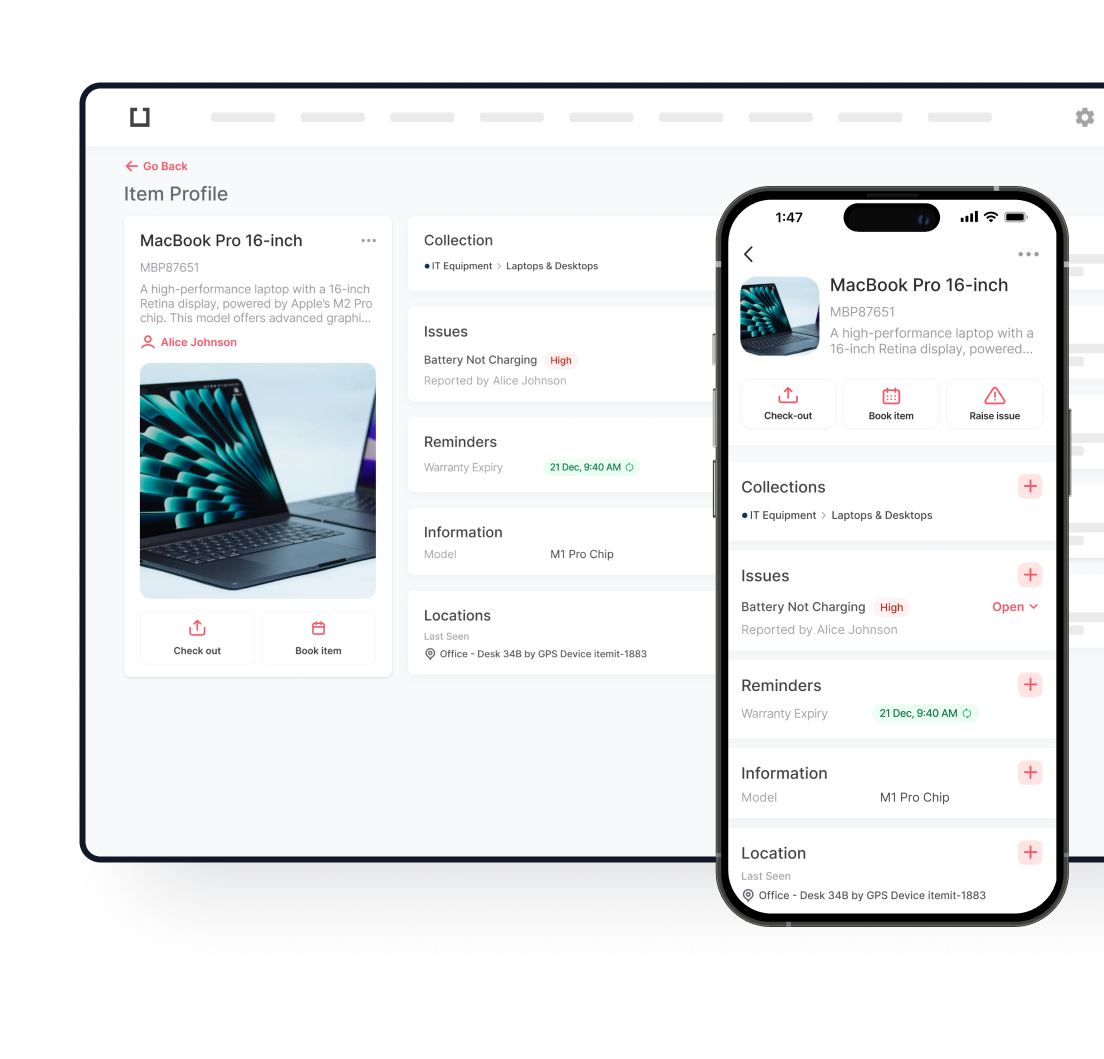
The construction sector has never moved faster. Modern construction techniques are reshaping how professionals handle everything from residential homes to sprawling commercial projects. For firms tracking construction industry trends, keeping pace with these changes isn’t optional.
Key Takeaways
- Modular and prefabricated construction slashes project timelines by manufacturing components offsite before assembly
- 3D printing in construction has moved beyond prototypes into functional building elements and even entire structures
- Sustainable building practices now influence material selection, energy systems, and waste reduction programmes
- Digital tools and automation are redefining how teams coordinate, track resources, and manage onsite operations
- Early adopters report measurable gains in cost control, safety records, and delivery schedules
Why Construction Is Changing So Rapidly
Several forces are pushing the industry toward new ways of working. Labour shortages remain a persistent headache across the UK and beyond. Skilled tradespeople are retiring faster than apprentices enter the workforce. Automation and prefabrication offer partial solutions by reducing onsite labour requirements.
Environmental pressures add another layer of urgency. Governments worldwide are tightening emissions regulations for the built environment. Buildings account for roughly 40% of global carbon emissions, making the sector a prime target for policy intervention. Contractors who adopt greener building practices position themselves favourably for public contracts and environmentally conscious private clients.
Cost volatility has also accelerated change. Material prices swung wildly during recent supply chain disruptions. Firms locked into traditional building practices faced budget overruns and delays that more agile competitors avoided.
Client expectations have changed too. Developers want faster delivery, predictable costs, and better performing buildings. Meeting these demands requires rethinking how structures come together from foundation to finish.
Modular and Prefabricated Construction
Offsite manufacturing represents one of the most notable construction industry trends of the past decade. Contractors now fabricate structural components, wall panels, bathroom pods, and even fully fitted rooms in controlled factory environments before transporting them to building sites.
The advantages stack up quickly. Weather delays disappear when work happens indoors. Quality control improves because factory conditions allow for precise measurements and consistent outputs. Site disruption drops noticeably. Neighbours appreciate fewer lorries, less noise, and shorter construction periods.
Factor | Traditional Construction | Modular Construction |
Build time | 12 to 18 months | 6 to 10 months |
Weather dependency | High (outdoor work stops in poor conditions) | Low (factory based production continues) |
Quality consistency | Variable (depends on site conditions) | High (controlled environment) |
Site disruption | Extended noise, traffic, dust | Minimal (assembly only) |
Speed improvements can be remarkable. Some modular projects complete 30 to 50 percent faster than equivalent traditional builds. For developers financing projects with expensive capital, those months of saved interest payments translate directly to improved returns.
Prefabrication isn’t limited to simple structures either. Multistorey hotels, student accommodation blocks, and healthcare facilities now routinely incorporate modular elements. The technique scales from single family homes to large commercial projects.
Coordination becomes the primary challenge. Material Management in Construction requires precise scheduling. Components must arrive in the correct sequence. Installing a third floor module before second floor elements are positioned creates obvious problems.
3D Printing in Construction
What seemed like science fiction a decade ago now produces functional buildings. 3D printing in construction has matured from experimental curiosity to legitimate building practice, with completed projects spanning multiple continents.
The technology works by extruding concrete or other materials layer by layer, following digital blueprints. Large gantry mounted printers handle most structural applications, and robotic arm systems offer flexibility for certain geometries.
Speed remains the headline benefit. A 3D printed house shell can emerge in under 24 hours of actual print time. Labour requirements drop substantially. A small team can operate printers that would need dozens of workers using conventional forming techniques.
Material efficiency improves as well. Traditional concrete construction generates considerable waste through over ordering, spillage, and forming material disposal. Additive manufacturing deposits material only where the design specifies, reducing excess noticeably.
Design freedom expands too. Curved walls, organic shapes, and geometries that would be prohibitively expensive with traditional formwork become economically viable. Architects exploring parametric design find additive manufacturing removes constraints that previously forced compromise.
Current limitations centre on scale and regulatory acceptance. Most printed structures remain relatively small, and multi storey printed buildings have been demonstrated. Building codes in many jurisdictions haven’t caught up with the technology, creating approval hurdles for early adopters.

Sustainable and Green Building Practices
Environmental performance has moved from nice to have feature to core design criterion. New building practices increasingly emphasise reduced carbon footprints throughout a building’s lifecycle. This spans from material extraction through eventual demolition.
Mass timber construction exemplifies this movement. Cross laminated timber and glued laminated timber allow wood to substitute for steel and concrete in structural applications previously considered unsuitable for timber. Trees sequester carbon as they grow, locking it into buildings. A CLT structure might contain embodied carbon 60 to 80 percent lower than an equivalent steel and concrete design.
Recycled and reclaimed materials appear more frequently in specifications. Recycled steel, reclaimed brick, and repurposed structural timber reduce demand for virgin materials. Some innovative projects incorporate industrial byproducts like blast furnace slag or fly ash into concrete mixes.
Energy systems have moved beyond basic efficiency measures. Net zero buildings generate as much energy as they consume, commonly through integrated solar panels, heat pumps, and aggressive insulation programmes. Passive house standards, originating in Germany, now influence designs worldwide.
Water management receives attention too. Rainwater harvesting, greywater recycling, and permeable surfaces that reduce runoff have become standard features in environmentally focused projects.
Automation and Robotics on Construction Sites
Machines are taking on tasks previously requiring manual labour. This represents one of the more dramatic construction industry trends reshaping job sites across the globe.
Key automation technologies now found on construction sites include:
- Bricklaying robots that lay thousands of bricks daily with consistent mortar joints and precise alignment
- Autonomous vehicles for material transport without dedicated operators
- Drones for surveying, mapping, and progress monitoring
- Exoskeletons that reduce worker fatigue and injury risk
These machines don’t tire or take breaks. Human workers remain necessary for detailed finishing work, but repetitive bulk tasks increasingly fall to automation. Self driving dumpers and loaders improve safety by removing workers from vehicle paths. A single drone flight captures more data than a team could gather in days of manual measurement.
Tracking equipment and tools across busy sites presents ongoing challenges as automation increases. When machinery moves autonomously and multiple crews share resources, knowing where assets are located becomes harder without organised tracking. Construction equipment tracking software helps project managers maintain visibility over distributed resources, reducing time lost searching for tools and preventing theft.
Digital Integration and Building Information Modelling
Software has become as valuable as steel on modern projects. Building Information Modelling creates detailed digital representations that extend far beyond traditional drawings.
A mature BIM model contains geometric information, material specifications, cost data, scheduling information, and operational parameters. Teams across disciplines can access and contribute to shared models. Architects, structural engineers, mechanical contractors, and owners all work from the same source of truth.
Clash detection catches problems before construction begins. When the structural model conflicts with mechanical ductwork, software identifies the conflict during design instead of during installation. Fixing clashes digitally costs a fraction of site based remediation.
Quantity takeoffs and cost estimation improve with model based work. Estimators extract quantities directly from models instead of manually measuring drawings, reducing errors and speeding bid preparation.
Schedule simulation allows project managers to visualise construction sequences, identifying potential bottlenecks and optimising workflows before ground breaks. Some teams run multiple scenarios to test different plans, selecting what works best based on simulated outcomes.
The data requirements are substantial. Generating and maintaining accurate models demands disciplined information management. Firms investing in Construction Business Development recognise that digital capabilities increasingly differentiate competitors in procurement.
How Asset Tracking Improves Construction Operations
Managing physical assets across dynamic construction environments creates persistent headaches for project teams. Tools go missing. Equipment sits idle as crews search for it. Maintenance schedules slip when nobody can locate the machinery needing service.
Modern asset tracking addresses these pain points directly. Asset Tracking Software like itemit gives construction firms real time visibility over equipment, tools, and materials through QR code scanning and mobile applications.
The operational benefits accumulate quickly. Site managers report spending 30 percent less time locating equipment when tracking systems are in place. That recovered time redirects toward productive activities.
Accuracy improves across multiple dimensions. Check out and check in records create accountability, reducing losses and discouraging casual borrowing that leads to misplaced items. Maintenance reminders trigger automatically based on usage or calendar intervals, preventing the equipment failures that delay programmes and inflate costs.
Labour costs drop when crews aren’t duplicating searches or waiting for resources. On sites running multiple working periods, handover becomes smoother when incoming teams can quickly verify where tools and equipment were left.
The offline functionality proves particularly valuable for construction applications. Sites can lack reliable connectivity, especially during early project phases before permanent infrastructure exists. Asset tracking apps that function offline and sync when connections restore ensure data capture continues regardless of network availability.
Bulk operations allow administrators to update multiple assets simultaneously. This proves useful when equipment moves between sites or projects close out and assets need reassignment. The administrative burden of managing hundreds or thousands of items becomes manageable.
Safety Innovations and Wearable Technology
Site safety has always mattered. New technologies make protecting workers more achievable than ever before.
Smart helmets incorporate sensors detecting impacts, environmental hazards, and worker fatigue. Some models include heads up displays showing real time information without requiring workers to look away from their tasks. GPS integration allows supervisors to locate workers instantly during emergencies.
Proximity sensors alert workers and operators when people get near moving machinery. These systems reduce struck by incidents, one of the industry’s persistent safety challenges that claims lives every year.
Environmental monitoring has expanded beyond basic checks. Connected sensors track air quality, noise levels, temperature, and humidity across sites. When conditions exceed safe thresholds, alerts reach affected workers and supervisors immediately.
Documentation has improved too. Digital safety checklists replace paper forms, ensuring completion and creating searchable records. Incident reporting apps capture details immediately, improving investigation quality.

What Adoption Looks Like in Practice
Implementing modern construction techniques requires more than purchasing equipment. Successful adoption follows recognisable patterns that separate winners from those who struggle.
Training investments precede meaningful returns. Workers need time to build proficiency with unfamiliar practices. Firms rushing implementation without adequate preparation experience disappointing initial results.
Pilot projects allow teams to refine their work before committing fully. Running a modular project at modest scale reveals workflow challenges and coordination requirements that inform larger programmes.
Supply chain relationships change. Firms using prefabricated components build closer partnerships with manufacturers. Those adopting 3D printing need material suppliers meeting different specifications than traditional concrete providers.
Cultural changes matter as much as technical ones. Crews accustomed to conventional practices may resist unfamiliar ways of working. Leadership must demonstrate commitment and patience through the transition period.
Measurement disciplines improve outcomes. Tracking specific metrics like installation rates, defect counts, and schedule adherence provides feedback enabling continuous improvement.
What the Next Decade Holds
The next decade will reward firms that view innovation as continuous practice. Those who experiment now, even with modest pilot projects, build institutional knowledge that compounds as technologies mature and costs decline. The only question is if your firm will be leading that transition or scrambling to catch up.

Try itemit
Choose a better way to track
your assets.
Start your free 14-day trial now!
Frequently Asked Questions
What are the biggest barriers to adopting modern construction techniques?
Initial costs and learning curves deter many firms. Equipment, training, and operational changes require investment before benefits materialise. Regulatory frameworks sometimes lag behind technological capabilities, creating approval challenges for newer practices.
How does 3D printed construction compare to traditional building for durability?
Printed structures using appropriate materials meet or exceed conventional durability standards. The key lies in proper material formulation and curing. Early printed buildings are being monitored, with results so far indicating performance comparable to traditional construction.
Are these innovative building practices only suitable for large contractors?
Smaller firms can adopt many innovations incrementally. Cloud based software, equipment rental, and partnership arrangements make advanced practices accessible without massive capital investment. The entry point depends on which techniques align with a firm’s project types.
How do sustainable building practices affect project costs?
Some sustainable building choices cost more initially but reduce operating expenses over building lifetimes. Others achieve environmental benefits without cost premiums. Material choices, local conditions, and specific project requirements determine the financial impact in any given situation.
What skills will construction workers need as automation increases?
Technical literacy becomes more valuable. Workers comfortable with digital interfaces, basic troubleshooting, and technology assisted workflows will find stronger demand. Traditional craft skills remain relevant but increasingly complement successful careers.

Keep Learning
itemit Blog
Tips, guides, industry best practices, and news.
A Complete Guide to Construction Cost Management and Planning
Effective construction cost management and planning improve profitability, enhance financial stability, and strengthen resource allocation across every project.
Key Strategies for Successful Construction Business Development
Smart strategies for construction business development that help attract clients, increase project success, and drive sustainable growth in a competitive market.
Optimising Construction Storage for Better Project Management
Essential construction storage methods that enhance site management, improve workflow efficiency, reduce material loss, and keep projects on schedule and budget.



